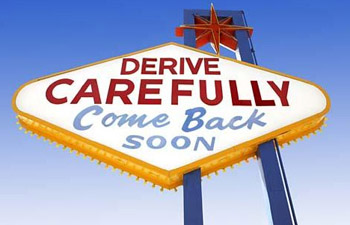Checking Works Cited
“Excellence is in the details. Give attention to the details and excellence will come.” —Perry Paxton

Because there are so many ways to cite works (sources), there is no way to memorize them all (and who wants to do that anyway?). You’ll need to review your list of works cited to verify that it’s correct and complete. Correct and complete means that there is an entry for each in-text citation in your paper, and the details and formatting of each entry follow the standard—the MLA Handbook in our case. To make this task much easier, keep a page of works cited examples or an MLA Handbook close at hand.
The following checklist addresses formatting and general entry information according to the seventh edition of the MLA Handbook. There are changes between editions so it’s a good idea to follow the specific edition your teacher tells you to use, as well any exceptions identified by your teacher. For example, in the seventh edition, URLs are not required in the works cited list, but your teacher may still want you to include them.
For reference, here’s a checklist of the main points you need to know when creating a works cited list.
Citation Generators: Shortcut or Long Way Around?
There are several online citation generators, software tools that promise to create citations based on information you input. All you have to do then is copy the citation and paste it on your works cited page. Doesn’t that sound great?
Well, sort of. The truth is that the rules built into the software don’t cover every situation, and the output is only as accurate as the input. If you enter a typo, error, or leave out some data, your results will be inaccurate. Even the citation generators themselves warn users to review results carefully. (Wasn’t this supposed to be a shortcut?) So, the paradox of citation generators is like that of the grammar checker on your word processing software: both are useful to the extent that you already thoroughly understand the rules and can accept or reject the output.
Bottom line: a style manual like the MLA Handbook is the authority for citation and formatting rules.